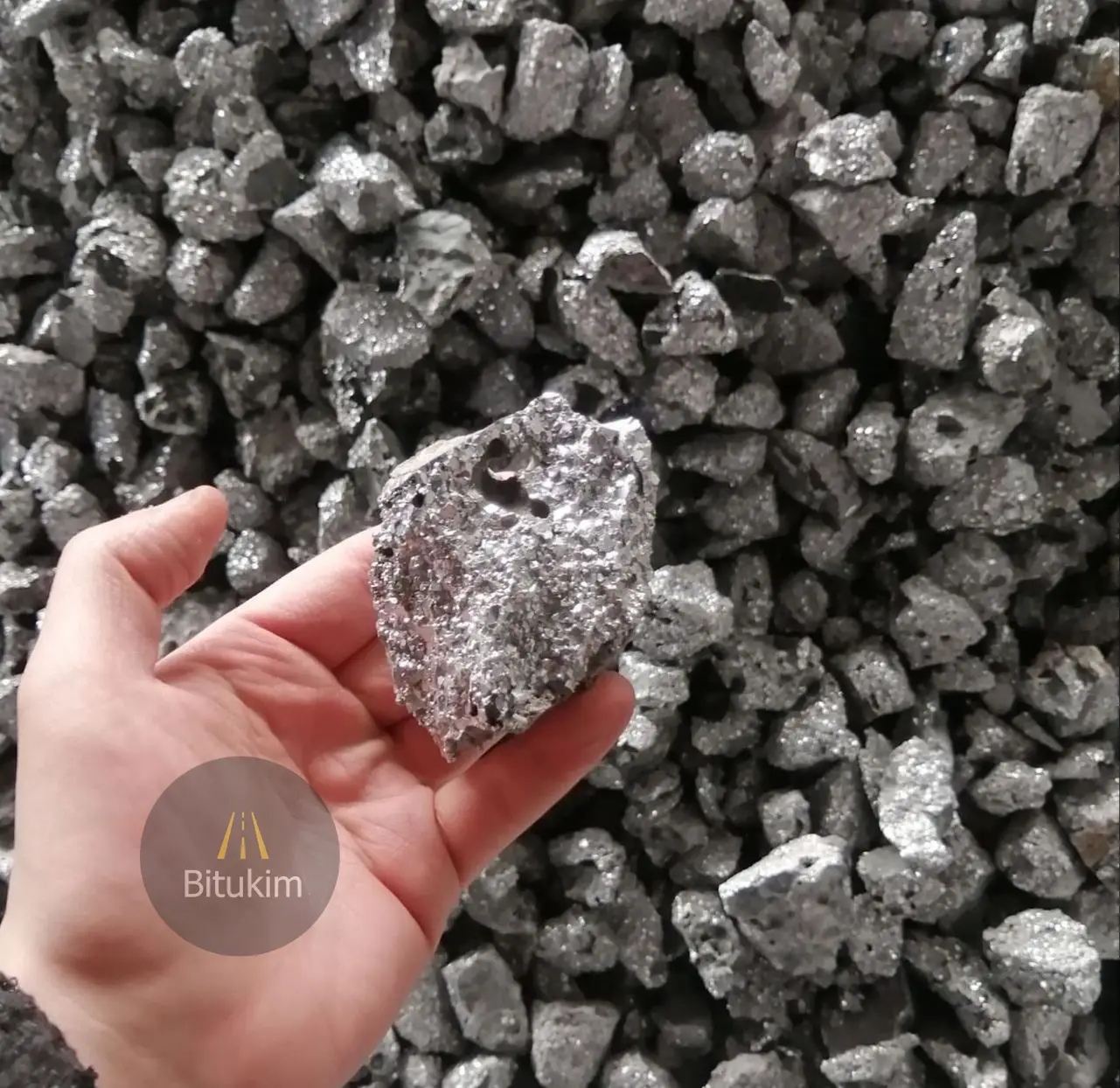Ferrochrome High Carbon HCFECR ALLOYS (HCFeCr) is a crucial ferroalloy used primarily in the production of stainless steel. Its unique properties significantly enhance the quality and performance of steel, making it indispensable in various industrial applications. This post explores the characteristics, production methods, applications, and market trends related to high carbon ferrochrome.

What is Ferrochrome High Carbon?
High carbon ferrochrome is an alloy consisting of chromium (typically 50-70%) and iron, with a carbon content ranging from 6% to 8%. It is mainly produced in electric arc furnaces and serves as an essential component in the metallurgy of stainless steel.
Properties of Ferrochrome High Carbon
- High Chromium Content: Provides excellent corrosion resistance and improves mechanical properties of steel.
- Carbon Content: The elevated carbon levels contribute to increased hardness and strength but must be carefully controlled in stainless steel applications.
- Melting Point: HCFeCr typically melts at around 1,600 °C (2,912 °F), suitable for high-temperature applications.
Production Process
- Raw Materials:
- Chromite Ore: The primary source of chromium.
- Coke: A carbon source for the reduction process.
- Limestone: Used as a flux to remove impurities.
- Smelting:
- Electric Arc Furnace (EAF): HCFeCr is produced in EAFs where chromite ore, coke, and limestone are mixed and heated.
- Reduction Reaction: At high temperatures, chromium oxides in the ore are reduced to metallic chromium, forming ferrochrome.
- Refining:
- The molten ferrochrome is refined to achieve the desired chemical composition, removing impurities.
Applications of Ferrochrome High Carbon
- Stainless Steel Production: The primary use of HCFeCr is in manufacturing various grades of stainless steel, where it enhances properties such as corrosion resistance and strength.
- Alloy Production: HCFeCr is utilized in producing other alloys, improving their mechanical and chemical properties.
- Automotive Industry: Used for manufacturing lightweight and durable components, contributing to fuel efficiency.
- Construction and Infrastructure: Employed in structural applications due to its strength and resistance to corrosion.
Market Trends
- Growing Demand: The demand for high carbon ferrochrome is closely tied to the stainless steel market, which continues to grow due to urbanization and infrastructure development.
- Price Fluctuations: The market experiences price volatility due to raw material costs and supply chain dynamics.
- Sustainability: Increasing focus on recycling and sustainable practices in ferrochrome production is shaping market dynamics.
Environmental Considerations
- Sustainability Practices: The ferrochrome industry is focusing on reducing its carbon footprint by adopting cleaner production technologies and recycling initiatives.
- Regulatory Compliance: Stricter environmental regulations are influencing production processes and investment in sustainable practices.
Applications of Ferrochrome High Carbon in Steel Production
- Essential Role in Alloying: High carbon ferrochrome (HCFeCr) is a primary alloying agent used in stainless steel production. Its high chromium content imparts corrosion resistance and strength, making it vital for producing high-quality stainless steel.
- Cost-Effective Production: Utilizing HCFeCr allows steel manufacturers to achieve desired alloy properties while managing costs effectively. Since it’s more economical than pure chromium, it provides a budget-friendly option for enhancing steel quality.
- Impact of Carbon Content: The carbon content in HCFeCr affects the final properties of stainless steel. While higher carbon levels enhance hardness, they must be managed to avoid excessive carbon in the final product, which can compromise quality.
- Market Dynamics: The demand for HCFeCr is closely linked to global stainless steel production trends. As industries expand and the demand for stainless steel grows, so does the need for HCFeCr, making it a significant player in the market.
- Technological Advancements: Innovations in production methods, such as electric arc furnace technology, are making HCFeCr production more efficient and environmentally friendly, aligning with global sustainability goals.
Applications in Steel Production
- Stainless Steel Manufacturing :HCFeCr is predominantly used in the production of various grades of stainless steel, including:
- Austenitic Steels: High in nickel and chromium, offering excellent corrosion resistance and ductility.
- Ferritic Steels: Chromium-rich steels that provide good resistance to oxidation and stress corrosion cracking.
- Martensitic Steels: Steels that require high strength and hardness for applications like cutlery and surgical instruments.
- Specialty Alloys: Beyond stainless steel, HCFeCr is utilized in producing specialty alloys that require specific mechanical and chemical properties, such as:
- High-strength steels for construction and automotive applications.
- Alloys for high-temperature applications in power generation and aerospace.
- Automotive Components: The automotive industry relies on HCFeCr for manufacturing lightweight and durable parts, contributing to improved fuel efficiency and performance. Examples include engine components, exhaust systems, and chassis parts.
- Construction and Infrastructure: HCFeCr is essential in producing structural steels used in buildings, bridges, and other infrastructure projects. Its corrosion-resistant properties make it ideal for applications exposed to harsh environments.
- Consumer Goods :Many consumer products, from kitchenware to appliances, benefit from the enhanced properties provided by HCFeCr, ensuring durability and resistance to corrosion.

